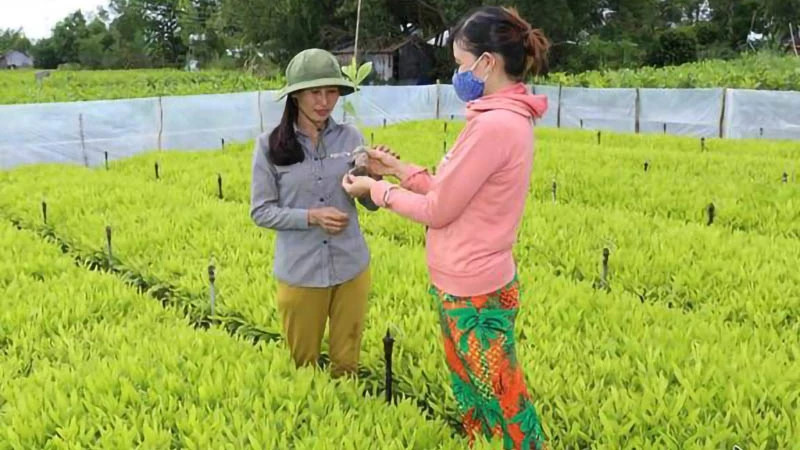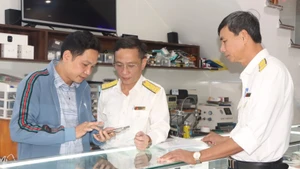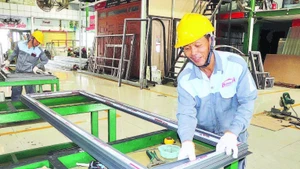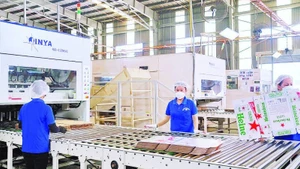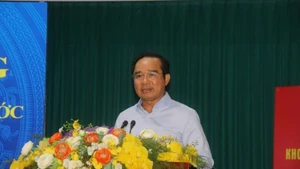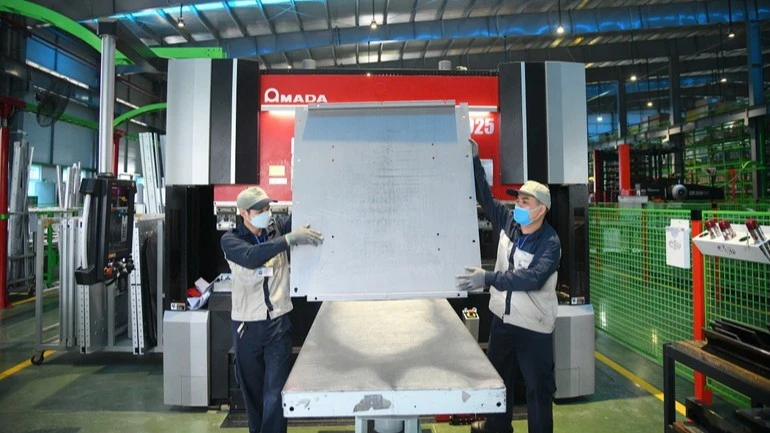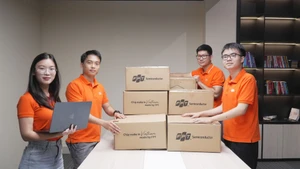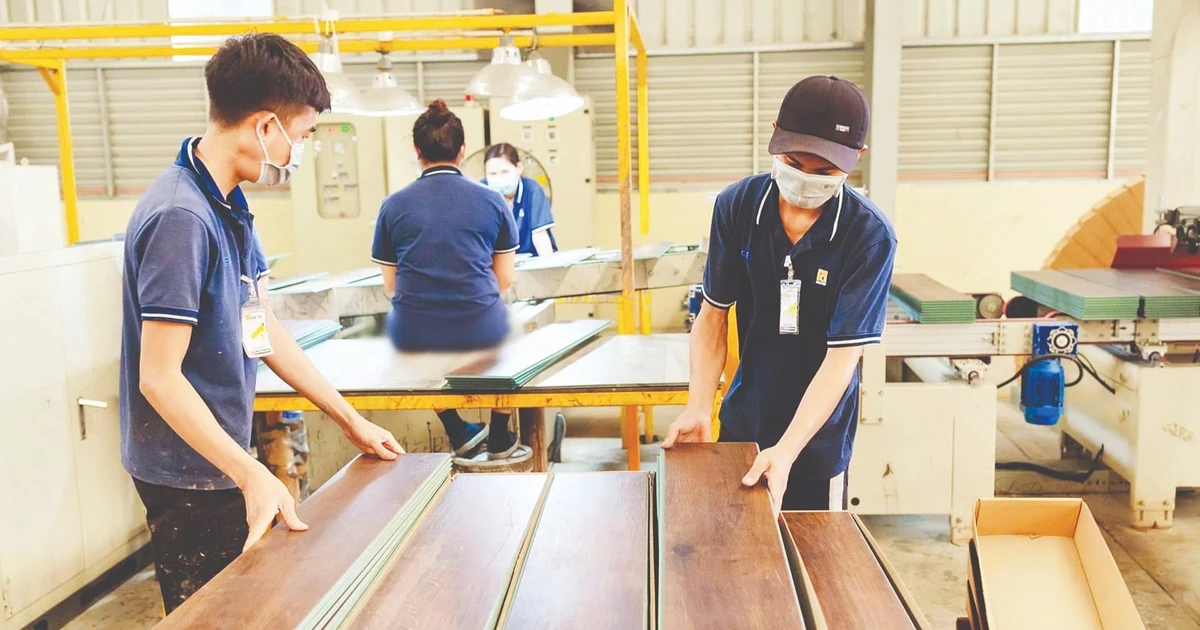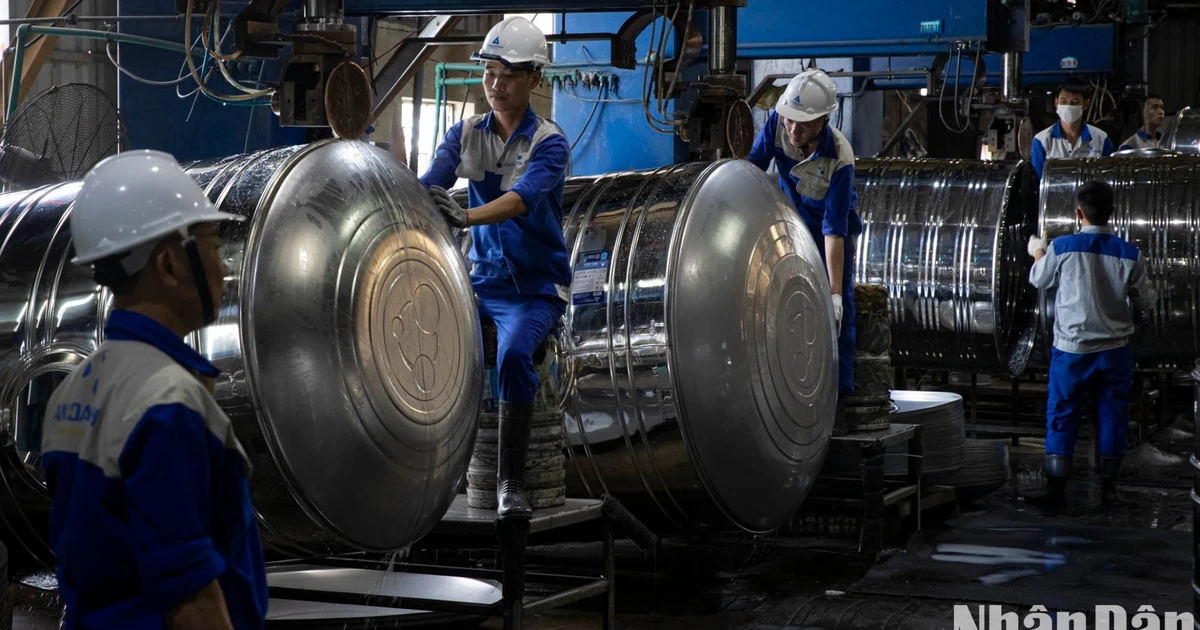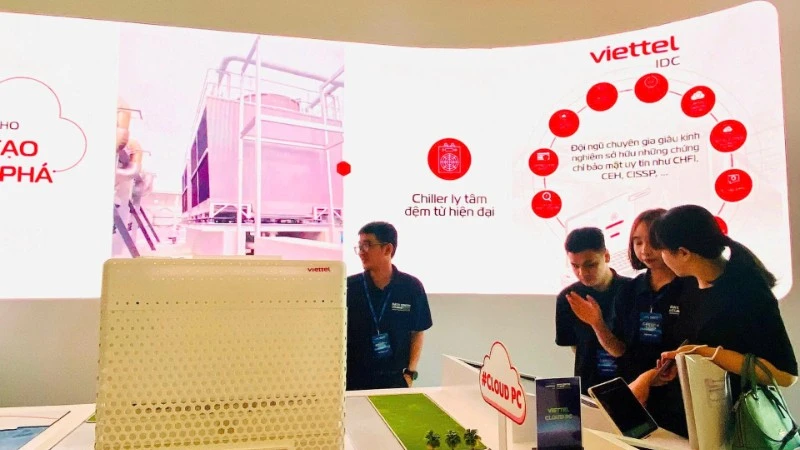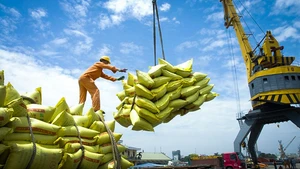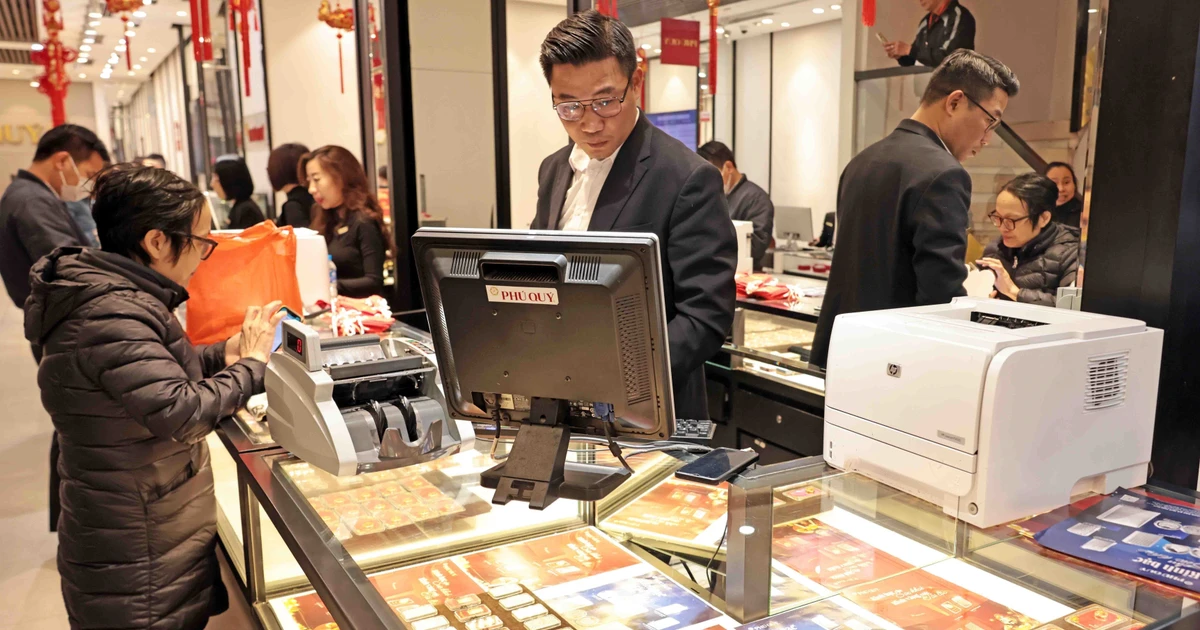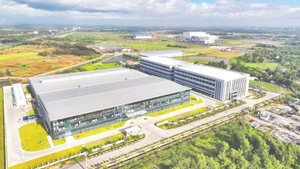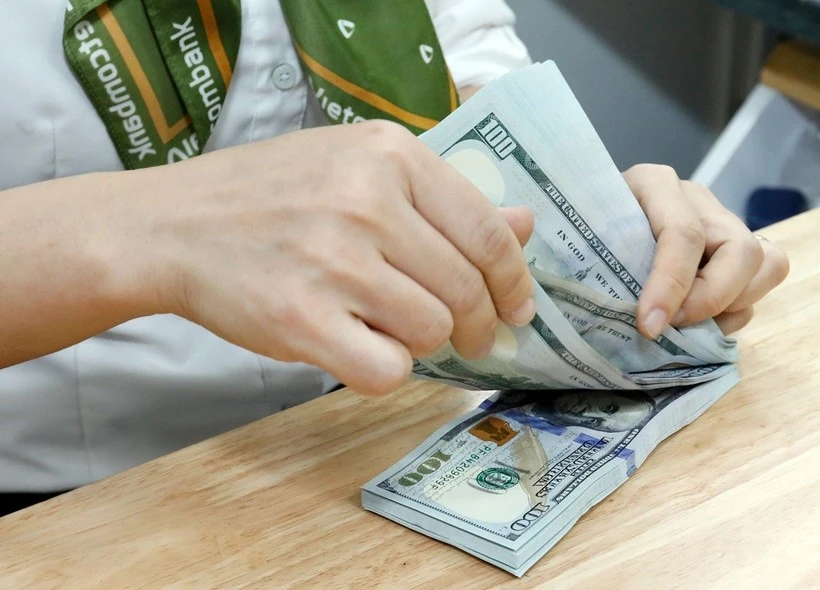Many businesses, households, and organisations have selected a number of good quality tree lines that bring high economic value, such as: Acacia BV10, BV16, and BV32; eucalyptus PNCT3, PNCT4, UP95, UP99, and PN14; and valuable medicinal plant varieties and non-timber forest products such as cinnamon, anise, ginseng, macadamia, and bamboo.
These are fast-growing trees with good productivity and quality, suitable for soil conditions, so the quality of planted forests is highly effective. Along with the efforts of domestic forestry tree seed production units in improving the quality of forest trees and ensuring the origin traceability of forest products, the forestry industry has developed cooperation with many businesses and foreign organisations on forestry plant varieties.
Recently, the Ministry of Agriculture and Rural Development and the Korea Forest Service (KFS) signed a cooperation agreement in the field of forestry.
Thus Vietnam and the Republic of Korea (RoK) have actively and effectively implemented cooperative activities within the ASEAN+3 cooperation framework and the Asian Forest Cooperation Organisation (AFoCO). The RoK supports Vietnam in the fields of forest restoration and development, combating land degradation through technical assistance projects, and provides support training and coaching for Vietnamese forestry experts and staff.
Through the Korean Forest Service (KFS), the Korean Government sponsors the Project "Restoration and sustainable management of mangrove forests in the Red River Delta" in Nam Dinh and Ninh Binh. The project has a total investment of nearly 4.4 million USD. Of which, the RoK's non-refundable aid capital accounts for about 3.8 million USD, while the remainder is Vietnam’s counterpart capital.
This is a project that has received great attention from the Governments of the two countries, demonstrating the RoK’s social responsibility in the context of increasingly complicated global climate change developments. The Korean partner said that, in addition to digital maps, they will cooperate with Vietnam to build and operate high-tech nurseries for forest trees, medicinal plants, and rare plants according to Korean standards.
Although we have done quite well in selecting seed production for afforestation, due to limited awareness of forestry tree seed users in the current production practices, inadequacies remain in the State's mechanisms and policies for forest development.
In addition, the management of varieties in localities has not been paid attention, so some tree varieties put into afforestation are of unknown origin and have not been controlled, affecting the productivity and quality of planted forests.
Therefore, the forestry industry requires localities, individuals, organisations, and forestry tree seed production units to strengthen state management of forestry plant varieties at all levels and promote the inspection and control of forestry tree seed production establishments, in which it is necessary to pay attention to inspection and monitoring of the origin of batches of propagating materials. It is necessary to process and destroy all seed batches when discovered of unknown origin. It is necessary to direct seed production facilities to research and apply techniques to reduce labour for forest growers.
In addition, localities need to raise people's awareness about the importance of seeds in forestry production. It is recommended that people convert small timber plantations to large timber businesses, and plant large timber forests to increase the value of the forest. It is necessary to make public announcements on organisations and individuals producing and trading qualified forestry tree varieties on mass media.
Functional units should tighten the production and trading of forestry tree varieties.
It is necessary to transfer technical applications in the production of a range of forestry tree varieties using the tissue culture method at the plant variety centre, gradually proactively provide seed sources for forestry seed production establishments; in order to effectively serve afforestation work, making an important contribution to developing a stable and sustainable source of wood from planted forests.
